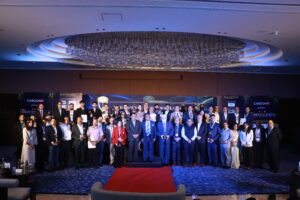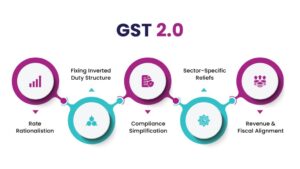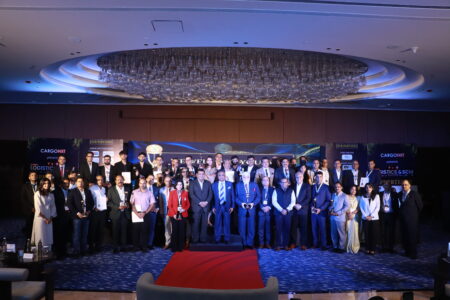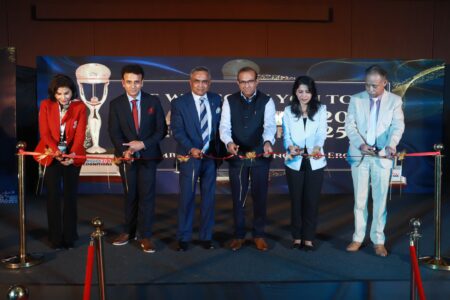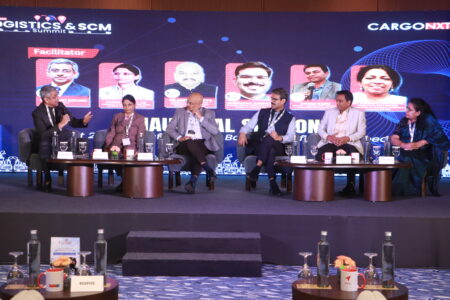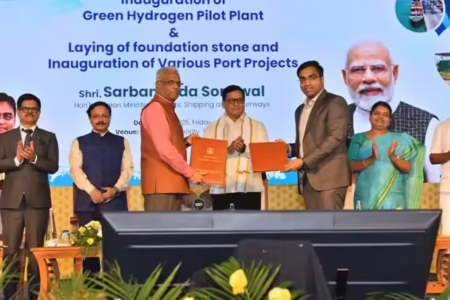The proposed GST 2.0 overhaul aims to simplify taxation, but logistics players face cost and compliance challenges.
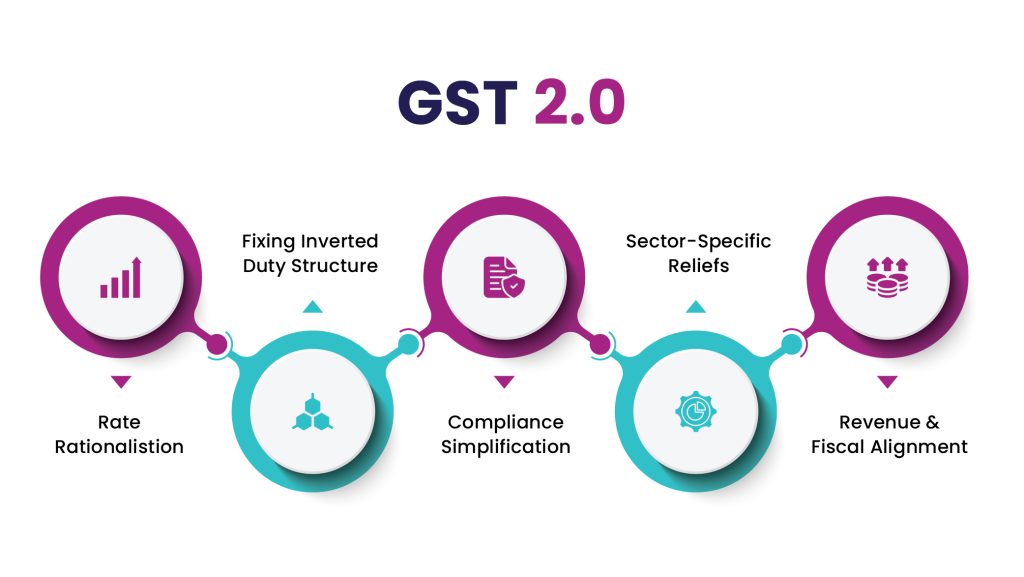
The government’s proposed GST 2.0 seeks to streamline tax structures, reduce compliance hurdles, and stimulate consumption. For the logistics industry, the reform is expected to enhance efficiency and improve competitiveness, though it also introduces significant shifts across transport and multimodal services.
Key changes include raising the Goods Transport Agency (GTA) rate with input tax credit (ITC) from 12% to 18%, while retaining 5% without ITC. Renting of goods carriages with fuel will move from 12% to 5% with restricted ITC or 18% with full ITC. Multimodal transport will attract 5% GST without ITC, if no leg involves air, or 18% with ITC.
Container transport by rail (excluding Indian Railways) will shift from 12% to 5% without ITC or 18% with ITC. Taxes on vehicles, chassis, and parts will drop from 28% to 18%.
For logistics players, lower GST on vehicles and spares will reduce procurement costs, but working capital pressures may rise for large fleet owners under the 18% slab. Smaller operators may prefer the 5% option to ease compliance, potentially raising hiring costs for larger logistics firms. Multimodal players face similar trade-offs on ITC and cash flows.
Source: Aviral Consulting
Image source: Binary Semantics

